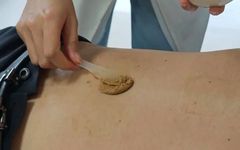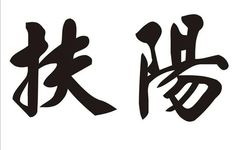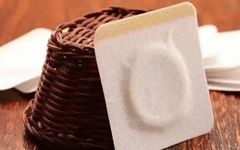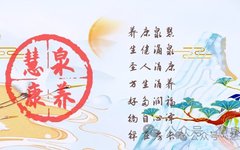Traditional Chinese Medicine Therapy: Warming Yang Cupping
MANG ZHONG Click the blue text to follow us In the fast-paced modern life, more and more people are experiencing health issues such as palpitations, insomnia with vivid dreams, and low immunity due to work stress and irregular lifestyles. These are all manifestations of insufficient Yang Qi. In the pursuit of health and wellness today, … Read more









